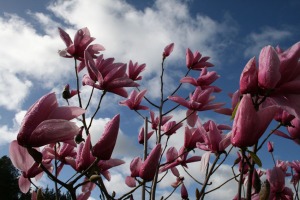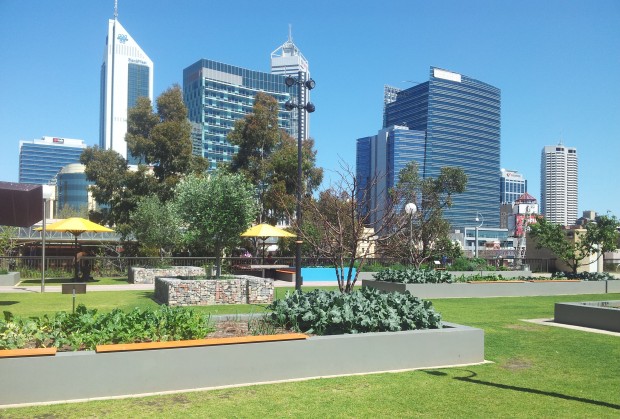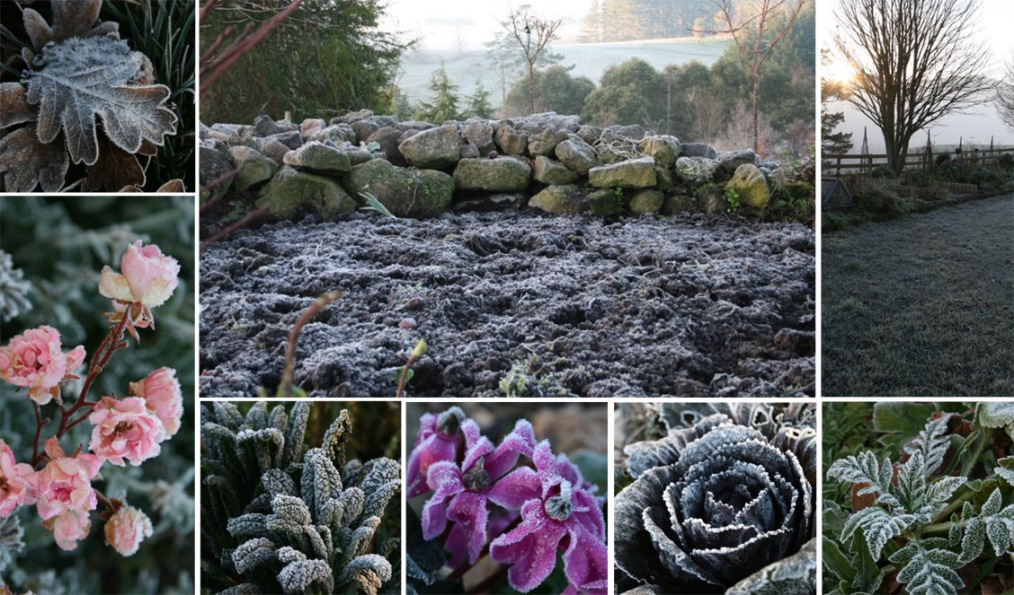I write a weekly column in the Sunday magazine in the Sunday Star-Times. Here’s what I had to say last weekend:
I am a gardening guru – or at least that’s how I’m introduced whenever I speak to small town horticultural societies or garden club gatherings. (I assume it’s meant as a compliment, even if it does make me sound like a bearded old man, or a whiskery old woman for that matter, with dubious spiritual philosophies and a penchant for polygamy.)
Guru or not, I’m regularly asked to share my gardening knowledge, my nifty tips and handy hints for living self-sufficiently on a shoestring budget.
Sometimes my advice is quite conservative. Only grow what you like to eat, I say. Save your own seeds. Learn to pickle and preserve. Save cash – and the planet – by shunning store-bought chemical sprays. Kill aphids with soapy water or boiled rhubarb leaves. Send fungal spores packing with baking soda or trim milk. Plant blooming bordellos for beneficial insects, bribe bees with blossom trees and let birds make short work of the bugs.
Other times, my advice is on the regenade side. Pee on your powdery mildew-infested pumpkins, I implore. Plant possums (preferably dead ones; the live ones can be a bit tetchy) under new fruit trees. If the neighbour’s cat keeps crapping in your raised beds, defend your territory with a ring of prickly rose prunings or sharpened kebab sticks strategically positioned to poke them in the posterior. Pour table salt on slugs and snails and watch them froth to death in front of you. Steal cuttings from public parks (I consider it a ratepayer’s rebate). And don’t bother making your own organic compost. Just feed all your kitchen scraps to your chooks and make crème brulee instead.
I save my best two tips until last. Never buy a house, I warn novice gardeners. Buy a garden. Even the worst house in the worst street can be demolished or renovated, but if you sign up to buy a home on a shady section with boggy soil on the south side of the street, all you’ll ever be able to eat is silverbeet. Or a crop of Chinese water chestnuts.
As for my all-time top tip? I’ll admit I was a slow learner on this front, but I can honestly say that the secret to a top-notch garden is to marry well. Marry a man – and I say this without fear of allegations of sexism, for gardening clubs are predominantly populated with congenial women and cheerful gay men – with muscles, machinery and money, in that order.
Marry a practical man, a manly man who can lift bags of potting mix and leap fences in a single bound, sometimes even at the same time. Don’t agree to walk up the aisle until you’ve seen evidence that they can assemble flat pack furniture, sharpen a shade, unscrew a jam jar, prune a tree, fix a fuse, change a tap washer, castrate a lamb, drive a digger, carry you over the threshold, change the oil and filters in your car, do the haka, build a shed, bait a hook (and unhook your catch) and teach a two-year-old boy the ins and outs of male anatomy. (“Look, Mum! I have a willy and ballsacks.”)
I’d be lying if I said that marrying a handy man doesn’t have some disadvantages. My husband can stake out the levels of an entire new subdivision with a state-of-the-art, satellite-driven surveying instrument, but he can’t work Windows 8 – let alone our dishwasher, vacuum cleaner or washing machine. He refuses to watch rom-coms, doesn’t do candlelit dinners and has no time for deep and meaningful heart-to-hearts. (“Talking about feelings? Isn’t that what your girlfriends are for?”)
Steer clear of men with their own minds. Opinionated men are to be avoided too, especially if their opinions differ to your own. How irritating it is to be continually questioned over landscape design decisions and impulse plant purchases. (“Of course we need 10 swamp cypresses, darling. Yes, I do realise they grow to 25 metres tall, but I’ll find a spot for them somewhere.”)
Finally, if at all possible, eschew thinkers in favour of doers. Unless, of course, you can convince your man to think along the same lines as you. And if you can’t? Seek sage advice from a former American president. “I have learned that only two things are necessary to keep one’s wife happy,” said Lyndon B. Johnson. “First, let her think she’s having her own way. And second, let her have it.”








